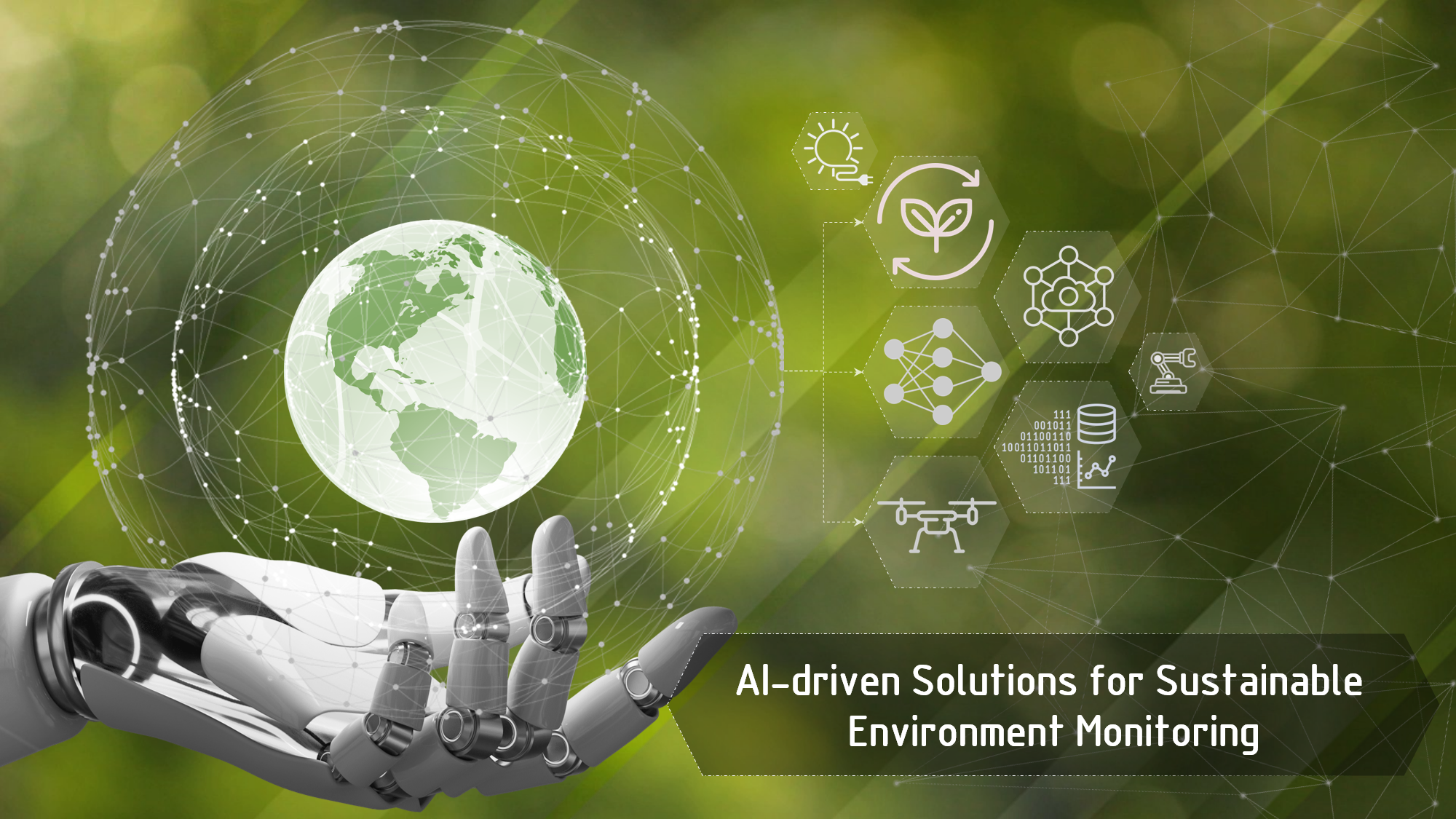Leader-Follower Control and Distributed Communication based UAV Swarm Navigation in GPS-Denied Environment
DOI:
https://doi.org/10.14464/ess.v10i8.657Abstract
Unmanned Aerial Vehicles (UAVs) have developed rapidly in recent years due to technological advances and UAV technology finds applications in a wide range of fields, including surveillance, search and rescue, and agriculture. The utilization of UAV swarms in these contexts offers numerous advantages, increasing their value across different industries. These advantages include increased efficiency in tasks, enhanced productivity, greater safety, and the higher data quality. The coordination of UAVs becomes particularly crucial during missions in these applications, especially when drones are flying in close proximity as part of a swarm. For instance, if a drone swarm is targeted or needs to navigate through a Global Positioning System (GPS)-denied environment, it may encounter challenges in obtaining the location information typically provided by GPS. This poses a new challenge for the UAV swarms to maintain a reliable formation and successfully complete a given mission. In this article, our objective is to minimize the number of sensors required on each UAV and reduce the amount of information exchanged between UAVs. This approach aims to ensure the reliable maintenance of UAV formations with minimal communication requirements among UAVs while they follow predetermined trajectories during swarm missions. In this paper, we introduce a concept that utilizes extended Kalman filter, leader-follower-based control and a distributed data-sharing scheme to ensure the reliable and safe maintenance of formations and navigation autonomously for UAV swarm missions in GPS-denied environments. The formation control approaches and control strategies for UAV swarms are also discussed.

Downloads
Published
Issue
Section
License
Copyright (c) 2023 Fatih Kilic, Huan Yang, Wolfram Hardt

This work is licensed under a Creative Commons Attribution 4.0 International License.
Copyright for articles published in this journal is retained by the authors. The content is published under a Creative Commons Licence Attribution 4.0 International (CC BY 4.0). This permits use, distribution, and reproduction in any medium, provided the original work is properly cited, and is otherwise in compliance with the licence.


